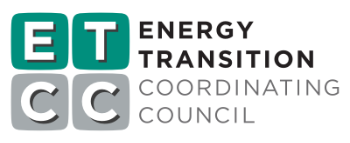Project Info
COMPLETE
Project Title
DAC HTR Statewide SF Housing Characteristics Study
Project Number ET24SWE0011 Organization SWE (Statewide Electric ETP) End-use Whole Building Sector Other Project Year(s) 2024 - 2024Project Results
The DAC HTR Statewide Single Family Housing Characteristics Study provides critical insights into the unique challenges faced by DACs and HTR communities in the context of electrification. The findings underscore the need for carefully designed equitable programs that not only address the technical and financial barriers, but also engage and educate residents in fostering a positive transition to an all-electric future. By leveraging the data and recommendations from this study, stakeholders can better prioritize resources and efforts to ensure that California's decarbonization goals are met in a way that is inclusive and equitable for all communities.
Project Report Document
Loading PDF Preview...
